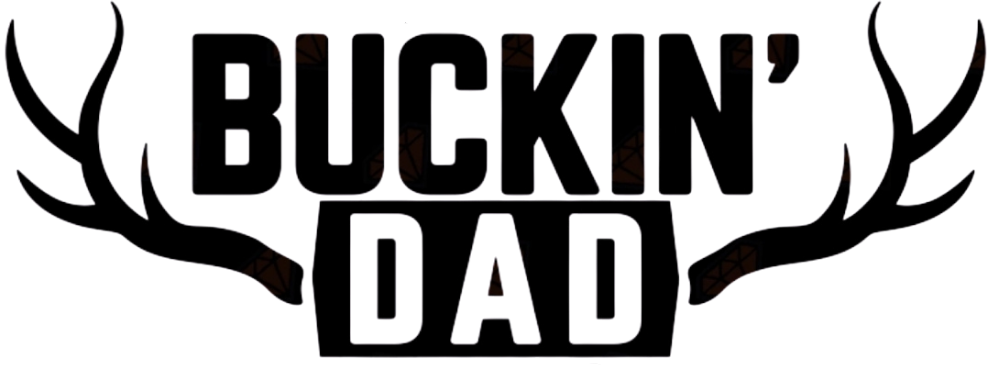In the world of wild hunting, wild boar is one of the most thrilling and challenging game animals. Tough, intelligent, and extremely alert, boars push hunters to their limits—both mentally and physically. Whether you're new to the hunt or refining your skills, this guide will walk you through everything from gear and weapon choice to aiming and timing the perfect shot. Ready to take the wild head-on?
1. Dress to Disappear – Camouflage Is Survival
While wild boars don’t have great eyesight, their sense of smell and hearing are exceptional. Your clothing should help you blend in and stay quiet:
-
Use camouflage patterns that match the terrain—forest, swamp, or low brush.
-
Avoid noisy materials; go for soft fabrics that don’t swish.
-
Wear dark, earthy colors like olive, brown, or moss green.
-
Invest in scent killer spray to mask human odor.
-
Soft-soled boots help reduce noise with every step.
-

2. Choosing the Right Weapon – Power Matters
Boars are tough animals, and poorly placed or underpowered shots won’t stop them—sometimes they’ll even charge. Choose your weapon wisely:
-
Rifle: At minimum, use .270 caliber; ideal choices include .308 Winchester or .30-06 Springfield for powerful takedowns.
-
Shotgun: Use slug rounds for close-range hunting; they’re devastating at short distances.
-
Optics: Keep it simple. A red dot sight or low-power scope (1-4x) works best for 50–150 yard shots.

3. Aiming and Firing – Precision Over Panic
When the time comes to shoot, don’t rush it. Where you aim makes all the difference:
-
Target the low shoulder area, just behind the front leg—that’s where the heart and lungs sit.
-
For broadside shots, aim slightly forward on the near shoulder.
-
Avoid head or leg shots—they’re too risky and often ineffective.
Pro tip for shooting:
-
Take a deep breath, exhale halfway, hold your breath, and squeeze the trigger slowly.
-
Don’t yank or slap the trigger—smooth pressure is key.

4. When to Take the Shot – Patience Wins
Knowing when to shoot is just as important as how. Boars are most active at dawn and dusk, when visibility is low and conditions are quiet.
-
Wait for the boar to stand still or move slowly—avoid shooting on the run.
-
If hunting a group, don’t shoot the lead boar first—it’s likely the lookout. Spook one, and the whole group scatters.
-
Always be mindful of wind direction. Boars will smell you before they see you, so stay upwind whenever possible.

5. Safety & Survival Tips
-
Never hunt alone. Injured boars are unpredictable and can be dangerous.
-
Bring essential tools: headlamp, hunting knife, GPS, and possibly night vision if you’re stalking in the dark.
-
Mark your location and trail clearly—dense woods can disorient even experienced hunters.
-
Always let someone know where you’re going and when you plan to return.

Final Thoughts
Wild boar hunting is more than sport—it’s a primal experience. It requires preparation, skill, patience, and respect for the animal and the land. With the right mindset and techniques, you'll not only walk away with meat for the table but also with memories and stories worth sharing around the campfire.
Stay safe, shoot straight, and never stop learning.






